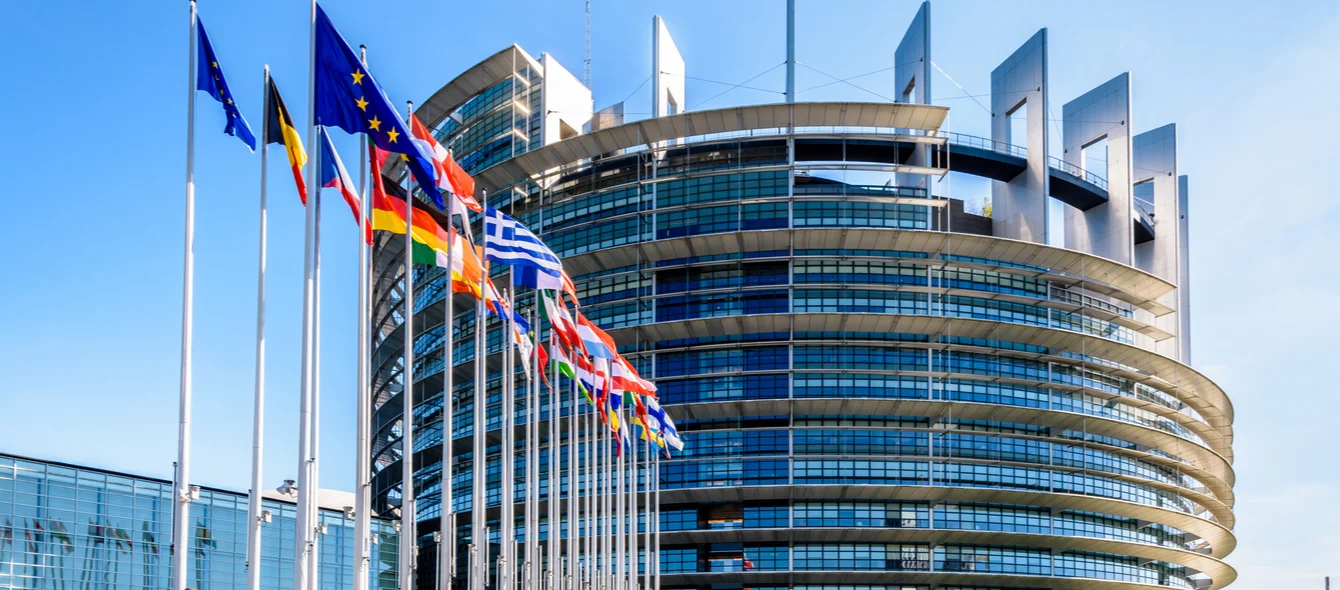The European Green Deal is a milestone on the way to achieving the climate goals of the Paris Agreement. In this series, we take a look at some of its key elements relating to the energy sector, the European Climate Law, the Investment Plan, the Industrial Strategy and the Circular Economy Action Plan.
When EU politicians come back from their summer holidays, their agenda will be packed. One of the points on it is the European Climate Law, unveiled March 4. It is the most far reaching climate law to date and will set the direction of travel for “all EU policy”, according to the European Commission, and therefore puts climate change at the top of the policy agenda in all areas. Its centrepiece is the adoption by the EU of a legally binding target of reaching net zero greenhouse gas (GHG) emissions by 2050. This goes beyond any of the EU’s earlier targets and provides a clear time marker for the energy transition, one to be achieved within the lifetimes of the majority of EU citizens.
Net zero means that by 2050 any remaining GHG emissions from fossil fuel use will be offset, for example through reforestation and more general tree planting, as well as potential new ‘negative emissions’ technologies, such as bioenergy with carbon capture and storage, the direct capture of carbon dioxide from air, or methods of increasing the carbon content of soil.
The law will be a ‘regulation’, which means a binding legislative act that must be applied across the entire bloc, although Poland, which has a large proportion of coal in its energy mix and thus faces substantial adjustment challenges, currently has an exemption.
A regulation means that both EU institutions and member states are collectively bound to take the necessary measures to meet the 2050 target set out in the law. The law will have tracking mechanisms. Progress will be reviewed every five years, starting in 2023, so that additional actions can be implemented in areas of the transition which lag behind.
Process kickstart
The Climate Law will set in train a number of other important processes. For example, it calls on the European Commission to reconsider by September this year whether the current emissions reduction target for 2030 is sufficient and whether it should be increased to 50% or 55% below 1990 levels, given the adoption of net zero by 2050.
If increased, the Commission would then have to look again at the legislation implementing the 2030 target and adapt it to meet the new level of ambition, which could have wide-ranging policy impacts. The law also empowers the Commission to adopt ‘delegated acts’, which set out the trajectory for reaching zero carbon by 2050. These acts will come into force within two months unless objections are made by either the European Parliament or the European Council. This power of delegation can also be revoked by either the Parliament or Council.
The Climate Law is currently being considered by both the European Parliament and the Council of the European Union. In the Parliament, it goes to the Committee on Environment, Public Health and Food Safety, which can make its own recommendations for change to the proposal before it becomes law. A final text is decided via a process of ‘trilogues’ and conciliation between the different EU institutions.
Photo credit:
